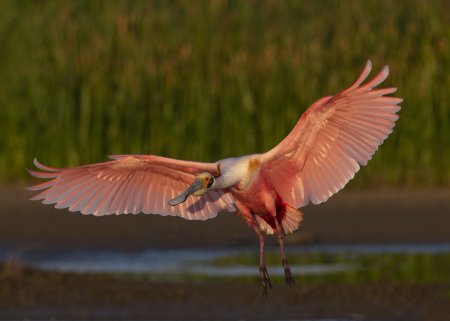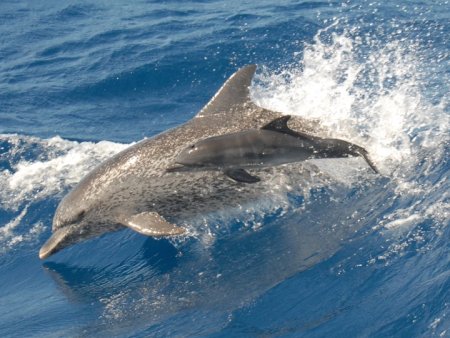Four new Wetlands of International Importance on Aruba

The Kingdom of the Netherlands has added four “Ramsar Sites” in Aruba to the List of Wetlands of International Importance, and has extended the existing Site on the island, which is a constituent country of the Kingdom.
East Point (Site no. 2525 on the List), a mainly marine Site curving around the eastern tip of the island, comprises a limestone plateau, dry stream beds, a freshwater pond, dunes, beaches, and shallow and deeper marine waters. The shallow waters serve as a refuge for six dolphin species, while further offshore, where the water drops deeper, long-beaked common and Risso dolphin, false killer whale, pilot, humpback and minke whales, and whale sharks have been observed.
South Coast (Site no. 2526), covering a 19-kilometre stretch of the southern leeward coast of Aruba, is considered the most biodiverse area of the country. It features the island’s largest stand of mangrove forest, dense seagrass beds, beaches, coral reefs, and the island’s main chain of reef islets. This combination of habitats provides crucial reproduction, nursery and foraging sites for multiple animal species including terns, three species of sea turtles, twelve sea mammals, many soft and stony corals, fish and sponges.

West Point (Site no. 2527) is comprised of varying habitats: beaches, sand dunes, limestone terraces, seasonal marshes and pools, coral reefs, seagrass beds, and shallow and deeper marine waters. The beaches are nesting grounds for four species of sea turtle (leatherback, hawksbill, loggerhead and green turtles) and the Site is an important stopover site for many foraging migratory bird species.
Western Wetlands (Site no. 2528) consists of five locations with typical Aruban wetlands known as saliñas, non-tidal coastal wetlands where sea water may sporadically mix with fresh water to form an environment of varying salinities. The endemic Aruba whiptail (Cnemidophorus arubensis) and the globally vulnerable Curaçaoan long-nosed bat (Leptonycteris curasoae) are found.
Meanwhile, Spanish Lagoon (Site no. 198), one of the largest natural inland bays in the Caribbean, has been extended from 90 to 259 hectares to include the central wetland’s water catchment. The lagoon is fringed by tidal mudflats and well-developed mangroves and has a narrow coastal inlet about two kilometres long and between 200 and 500 metres wide. The Site provides important nursery habitat for many species including reef fish, crustaceans and birds.